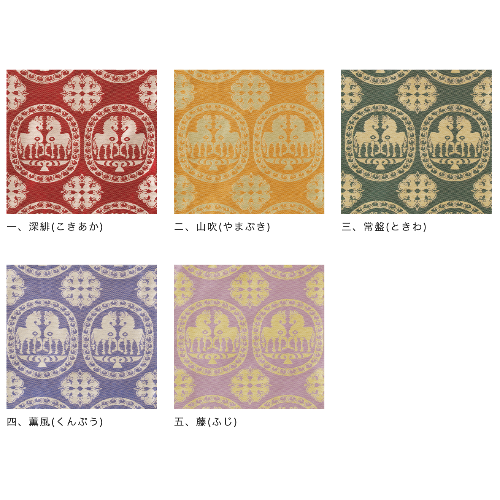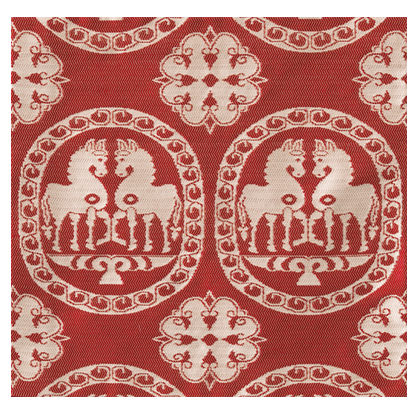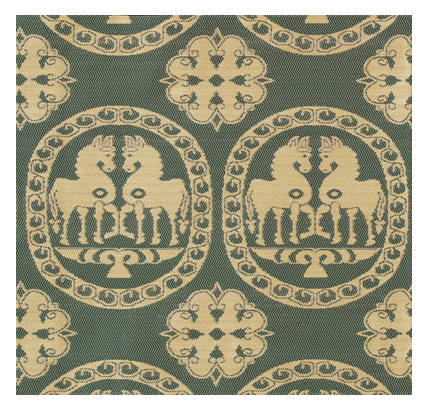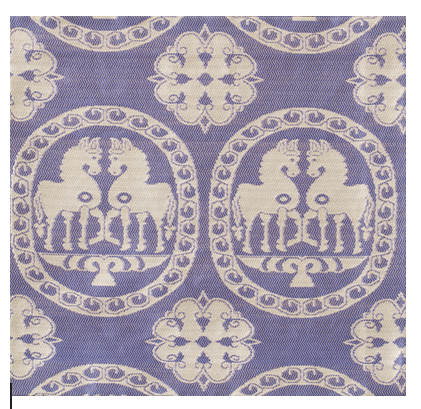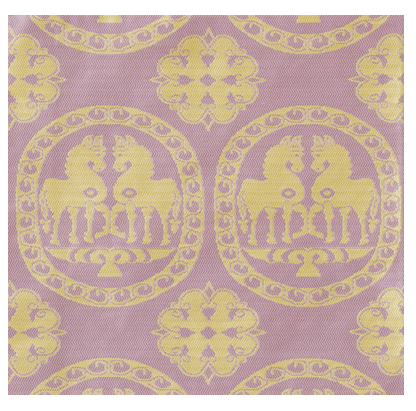Horse of 2026 Kobukusa Dashibukusa
Couldn't load pickup availability
Shoha Souuma Enmon | 祥紦双馬圓文
The ancient Japanese word for uma (horse) was ma, which existed long before Chinese characters were introduced.
Large horses were brought to Japan during the Kofun period, while native horses were smaller.
The term ōma (great horse) for the larger breed is believed to have evolved into uma.
In Japanese textiles, horse motifs have long been admired for their strength and elegance.
This design was inspired by an ancient brocade from Central Asia (8th–9th century), featuring two horses within beaded medallions — a motif also seen in treasures from Hōryū-ji Temple and the Shōsō-in.
It has been reinterpreted into a refined silk fabric, expressing both grace and vitality.
—9th Kitamura Tokusai
Product No. 557
Material: Finest Quality 100% Silk
Textile: Traditional Nishijin-ori (Kyoto Brocade)
Construction: Hand-sewn
Size:
Kobukusa: Approx. 15.8 × 15.2 cm (6.22 × 5.98 inches)
Dashibukusa: Approx. 27.5 × 28.5 cm (10.83 × 11.22 inches
Kitamura Tokusai is Japan’s only specialized maker of fukusa (ceremonial silk cloths) for tea ceremony. Established in 1712 (Shōtoku 2) in Kyoto’s Nishijin district, the workshop has been producing fine tea utensils for over 300 years, preserving the elegance and spirit of traditional craftsmanship.
Features of Kitamura’s Kobukusa
■ Carefully Selected Fabrics
Made from traditional textiles such as Nishijin-ori, each piece showcases refined patterns and graceful colors appropriate for the tea room.
■ Beautiful Craftsmanship
Each kobukusa is carefully hand-sewn with great attention to detail, offering both ease of use and aesthetic elegance.

